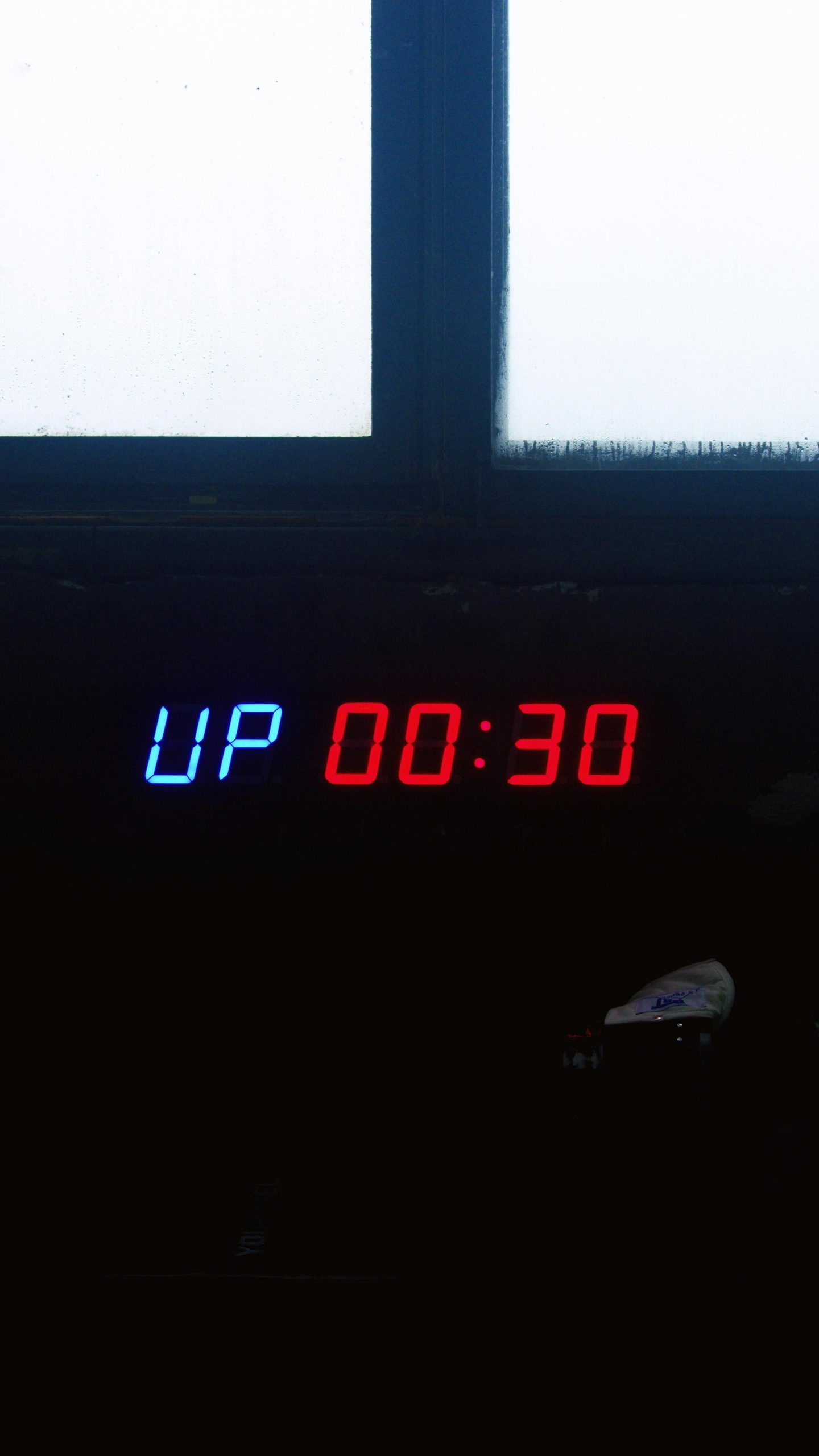Understanding and Troubleshooting the Black Screen of Death During Alt-Tab in Gaming on Windows 11
Introduction
Experiencing technical issues while gaming can be incredibly frustrating, especially when they disrupt your immersive experience. One such problem reported by gamers is encountering a black screen, often referred to as the “Black Screen of Death,” after alt-tabbing out of a game. This issue has been observed on systems with reasonably recent hardware configurations, such as those equipped with a Ryzen 7 7800X3D processor and an RTX 4070, running the latest version of Windows 11.
Overview of the Issue
The core problem involves the screen turning completely black with no visible cursor after extended gameplay sessions when the user attempts to switch between applications via Alt-Tab. Despite the black screen, background sounds and notifications continue to function, indicating that the system and game remain active. The issue tends to occur most frequently in the game Valheim, which the user often plays for long periods.
Common Troubleshooting Approaches
Initial suggestions from the community have included examining potential hardware or connection issues such as:
- Faulty or failing video cables
- Monitor hardware problems
- G-SYNC or adaptive sync related conflicts
One common advice is to physically unplug and reattach the video cable during the black screen, although this step has not yet been tested by the user in this case.
Current Remedy
Currently, the only way to restore visual output when the problem occurs is to perform a hard reboot of the system using the case’s reset button. This approach, while effective in restoring functionality, is not ideal and points towards underlying hardware or driver issues.
Potential Causes and Diagnostics
One key clue comes from Windows Event Viewer logs, which record an Event ID 141, labeled as a “LiveKernelEvent,” with code 141. This error is typically associated with a “Video TDR Failure,” where TDR stands for Timeout Detection and Recovery—a Windows feature responsible for recovering the display driver after it has become unresponsive.
The Video TDR Failure can be caused by various factors, including:
- Outdated or incompatible graphics drivers
- Overheating or hardware instability
- Power management conflicts
- Faulty or insufficient video hardware
Recommended Troubleshooting Steps
To resolve this issue and improve system stability, consider the following steps:
- Update Graphics Drivers
Ensure that you have the latest graphics drivers installed directly from NVIDIA’s official website. Use the GeForce Experience tool if available to simplify
Share this content:



